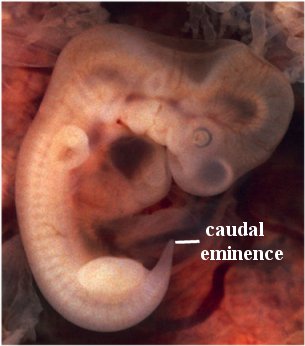
As I have mentioned previously, young-earth creationists are in debt to Charles Darwin, because he allows us to understand how an ark filled with two of every kind of animal (and seven each of the clean kinds) could produce all the biological diversity we see today. In case you aren’t aware, God did not command Noah to put every species of animal on the ark. Instead, He instructed Noah to take every kind of animal that needed protection from the Flood onto the ark. We young-earth creationists think that “kind” is a much broader term than “species.” For example, there are many species of cat today (tigers, lions, jaguars, domestic cats, etc.). However, we think that God created only one kind of cat.1 As a result, only two cats went on the ark, and all the cats we see today have descended from that one pair of cats.
This is why Charles Darwin is so critical to a young-earth understanding of biological history. We think that variation and natural selection are what produced all the species of cats we see today. As the one pair of cats went out from the ark, they reproduced, and their progeny spread out. As the progeny encountered new environments, they adapted to those new environments via variation and natural selection, just as Darwin envisioned.
Where we differ from modern evolutionists is that we think biological change is limited by genetics. There is a certain amount of information in a genome, and varying what kind of information is expressed in the organism will produce all sorts of diversity within a genome. However, it is not possible to add information to a genome, so it is not possible to fundamentally change a genome. Thus, while a specialized cat (like a tiger) can come from two unspecialized cats (such as those that were on the ark), there is no way that a horse can come from those cats. The genomes of horses and cats are too fundamentally different.
The study this student sent me provides a perfect example of how that works and how quickly it happens when the environment demands it!
Continue reading “Rapid Change in Lizards: An Example of Post-Flood Diversification”






